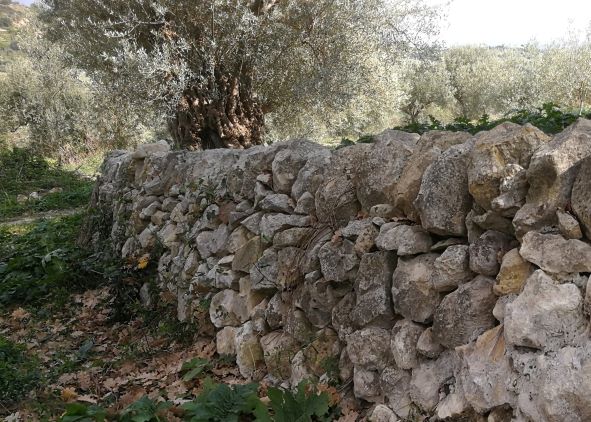
EU support for environmental investments granted
EU support for environmental investments Next to many hours of sun, occasional heavy rainfalls become more and more typical for
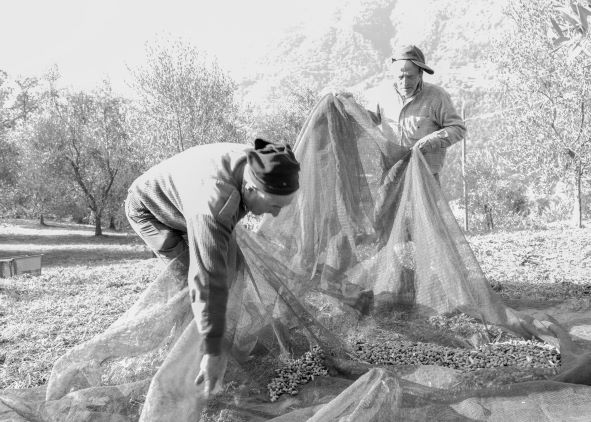
As of the end of 2020 il circolo is allowed to use the D.O.P. label for its extra virgin olive oil. We are proud of this. We would like to explain why this label is so important for us and what it means for you as a consumer. But first, what does D.O.P. mean? It stands for ‘Denominazione di Origine Protetta’, or Protected Designation of Origin (PDO). It is a European quality mark that is only awarded to products that are produced, processed and prepared in a certain area according to a recognised and controlled method. More and more people are recognising the D.O.P. label and see it as an indicator of the authenticity and good quality of the product. It gives a product a certain prestige, but there are also other indicators and characteristics to look out for when looking for good olive oil.
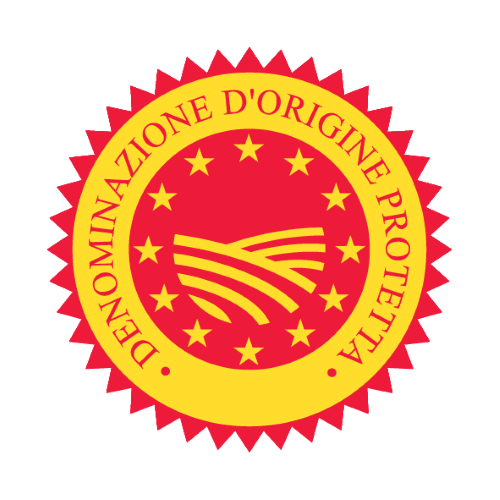 The D.O.P. label is part of the EU’s quality policy, which aims to protect the names of specific products while promoting their unique characteristics linked to their geographical origin and traditional know-how. Products carrying the D.O.P. label are:
The D.O.P. label is part of the EU’s quality policy, which aims to protect the names of specific products while promoting their unique characteristics linked to their geographical origin and traditional know-how. Products carrying the D.O.P. label are:
Advantages:
By now, more than 1,500 products have been registered D.O.P., mainly in France and Italy, for products like olives, cheese, beer, or even regional bread, fruit and vegetables.
In addition to D.O.P., there are two other Protected Geographical Indication labels that can be used to denote the authenticity of a product, protecting in particular the producers of the region and preventing others from simply taking advantage of the name and fame built up by a particular local product.
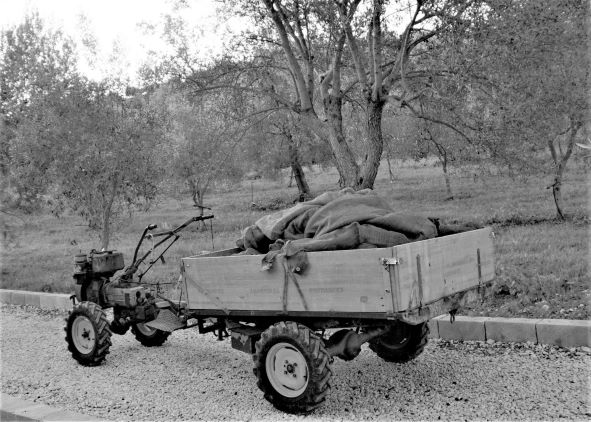
| Italian term | English term | Conditions | Examples |
| D.O.P. Denominazione di Origine Protetta |
P.D.O. Protected Designation of Origin |
For products that are produced, processed and prepared in a specified area in accordance with recognised and controlled methods | -Parma ham may only be called such if it also comes from the Parma region and is prepared in a certain way. |
| I.G.P. Indicazione Geografica Protetta |
P.G.I. Protected Geographical Indication |
For products where at least one of the steps of production, processing or preparation takes place in a defined area | -Schwarzwalder Schinken, ham produced exclusively in the Black Forest, Germany using a traditional manufacturing process. |
| S.T.G. Specialità Tradizionale Garantita |
T.S.G. Traditional Speciality Guaranteed |
Emphasises traditional aspects, such as the way the product is made or assembled. There is no relation to a specific geographical area. | -Holländischer Matjes for herring that has been gutted or decapitated in the traditional Dutch way and then pickled or dry salted. The herring is matured in a natural, enzymatic way before it can be consumed. |
The D.O.P. mark ensures that il circolo olive oil comes from the Monte Iblei – Val Tellaro region and consists of at least 70% of Moresca olive variety. Characteristically, it is green in colour and has a mild fruity aroma, with light hints of hay and a slightly piquant fruity flavour. D.O.P. therefore has the strictest admission requirements. We see the D.O.P. certification as more than a seal of approval. It is a recognition of the area, its history and traditions, and it shows appreciation for the local farmers and oil-makers and the know-how they cultivate. In short, it shows how il circolo is linked to this region of Sicily.
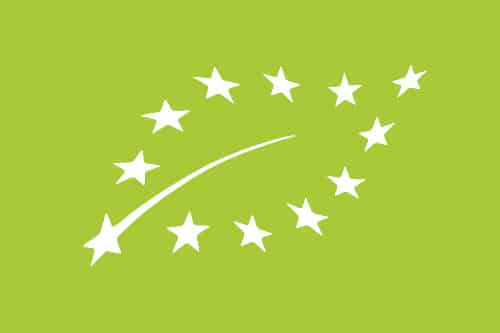 Apart from verifying whether something has been produced traditionally, you can also measure a product against the yardstick of the EU organic farming label. This label is about the way in which an (agricultural) product has been cultivated. It offers consumers a guarantee that agricultural products are organic and that farmers have worked in a certain way. More specifically, this means that no artificial fertilisers or pesticides have been used. And in the case of olives, that they have been processed in a completely mechanical way and that you will never find any chemical residues in them. In addition, the entire production process – from growing olives to bottling the olive oil – is under their own control and the origin of each litre of olive oil can be traced.
Apart from verifying whether something has been produced traditionally, you can also measure a product against the yardstick of the EU organic farming label. This label is about the way in which an (agricultural) product has been cultivated. It offers consumers a guarantee that agricultural products are organic and that farmers have worked in a certain way. More specifically, this means that no artificial fertilisers or pesticides have been used. And in the case of olives, that they have been processed in a completely mechanical way and that you will never find any chemical residues in them. In addition, the entire production process – from growing olives to bottling the olive oil – is under their own control and the origin of each litre of olive oil can be traced.
The D.O.P. mark tells you where the olive oil comes from. The organic farming label tells you how the olives were grown and that the production process was monitored. The label will also tell you how the olive oil was made. From the moment the olive is picked until the olive oil is bottled, many things can still go wrong which will affect the quality. For example, for a good olive oil, the olives must be pressed within 24 hours – but preferably as soon as possible – at a temperature below 27 degrees Celsius to prevent any change in taste.
You will find this information on the label and otherwise you can ask for the olive oil report. A good olive oil producer pays a lot of attention to this and will appreciate it if you are interested.
By now you have gained a more complete picture of the quality of the entire production. But let’s not forget the most important thing: the product itself. In the end, it is also about whether you like a certain olive oil. While there is no accounting for taste, there are certainly a few things to be said about it.
As with wine, your taste for olive oil develops when tasting more different olive oils. Beginners tend to prefer the smoother and more delicate taste of late harvested olive oil. To appreciate the robust and bitter taste of a real quality olive oil might take some time and experience. All in all, which olive oil you like remains a matter of personal taste.

EU support for environmental investments Next to many hours of sun, occasional heavy rainfalls become more and more typical for
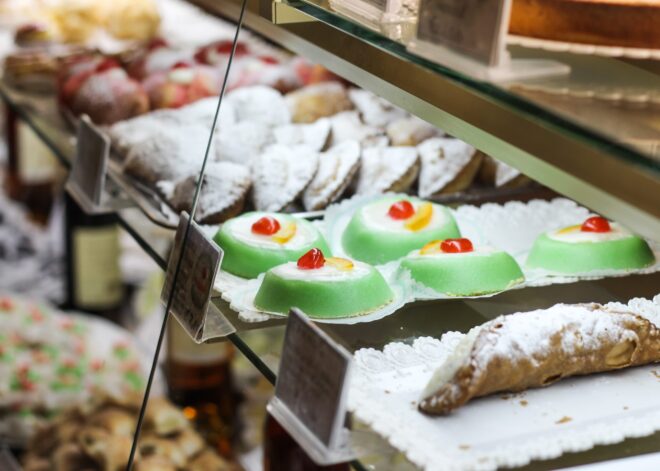
For us the Sicilian cuisine captures all the fascinating aspects of the region. It is an often surprising combination of

Into our 6th year of producing organic extra virgin olive oil, we at il circolo are becoming more and more

il circolo V.O.F.
Tacituslaan 7
3584AP Utrecht
Netherlands
[email protected]
tel: +31 (0)6 42254141
KvK/HRB: 74704257
BTW/MwSt: NL859998502B01
5 euro discount on your next purchase?
Sign up for our newsletter with tasty recipes and interesting background stories about il circolo olive oil and receive a discount code for yourself and your friends (displayed after email confirmation).
This website uses cookies so that we can provide you with the best user experience possible. Cookie information is stored in your browser and performs functions such as recognising you when you return to our website and helping our team to understand which sections of the website you find most interesting and useful.
Strictly Necessary Cookie should be enabled at all times so that we can save your preferences for cookie settings.
If you disable this cookie, we will not be able to save your preferences. This means that every time you visit this website you will need to enable or disable cookies again.